Good Monday Morning!
The supply of homes for sale remains extremely low in the Eugene and Springfield market area. This continues to drive home prices higher and frustrate home buyers. In our area the difficulty of building affordable new homes isn't getting any easier. The cost of building supplies, lumber and land are making it near impossible to provide affordable housing in our local market. The combination of this with a low supply of existing homes is making home purchases difficult, especially for first time home buyers. This situation is not just unique to our local market, but is taking place nation wide. The following is an article from "Realtor.com" that speaks to this situation.
The numbers: New construction slows down
U.S. home builders started construction on homes at a seasonally-adjusted annual rate of 1.56 million in September, representing a 1.6% decrease from the previous month, the U.S. Census Bureau reported Tuesday. Compared with September 2020, housing starts were up 7.4%.
The pace of permitting for new housing units also dropped in September. Permitting for new homes occurred at a seasonally-adjusted annual rate of 1.59 million, down 7.7% from August, in line with the rate of permitting from a year ago.
Economists polled by MarketWatch had expected housing starts to occur at a pace of 1.61 million and building permits to come in at a pace of 1.67 million.
The drop in permits was driven mainly by a decrease in multifamily housing units, though fewer single-family homes were permitted as well. Multifamily permits fell 21% on a monthly basis, while single-family permits decreased nearly 1%. The number of permits issued in September was the lowest it has been since a year ago, and all regions saw a downturn in permitting activity except for the Midwest.
Notably, there was a 22% increase in permits for buildings with between two and four housing units, such as duplexes and triplexes.
New construction on multifamily buildings also decreased in September, with a 5% downturn, though single-family starts remained unchanged from the previous month. It was the slowest pace for housing starts since April, driven by downturns in the Northeast and South.
The big picture
To a large extent, the month’s decline in housing starts and building permits could be a reflection of the ongoing operational hurdles construction firms are facing.
“New home starts declined in September after an initial rebound in August, amid continued concerns about delivery timelines,” said Kelly Mangold, a principal with RCLCO Real Estate Consulting. Shortages of building materials and labor mean that home builders are having a tough time completing projects as quickly as they had in the past. The number of housing projects completed in September fell nearly 5% from the previous month, slipping to the lowest level in over a year.
But another factor driving the slowdown in new construction is almost certainly the slight pullback in demand in the housing market today. “Demand has fallen back to its pre-COVID level, so new construction activity has softened,” Ian Shepherdson, chief economist at Pantheon Macroeconomics, wrote in a research note. “It remains elevated compared to the recent pace of new home sales because inventory is still low, and home builders don’t want to leave money on the table.”
He adds, though, that the recent recovery in the volume of mortgage applications for loans used to purchase homes could be the prelude to a rebound in home sales. That would lead to an uptick in construction, Shepherdson suggested.
What they’re saying
“With the supply of properties constrained in the existing home market and underlying housing demand remaining sturdy despite softening from its torrid turn-of the-year state, new residential construction has been trending up,” Michael Gregory, deputy chief economist for BMO Capital Markets, said in a research note, adding “that, once started, it’s now taking much longer to complete construction owing to supply bottlenecks and labor shortages.”
“The transition to remote work that began during the pandemic is maturing into the preferred long-term employment arrangement for the majority of Americans. This shift is also changing homebuyer preferences, with larger homes, quieter suburban neighborhoods, and access to the outdoors high on the list of must-haves. For builders, the biggest challenge remains building enough homes with these features at affordable prices,” noted George Ratiu, manager of economic research at Realtor.com.
Have An Awesome Week!
Stay Healthy! Stay Safe! Remain Positive! Trust in God!
THIS WEEKS HOT HOME LISTING!
 1616 Fetters Lp, Eugene, OR
1616 Fetters Lp, Eugene, OR
Price: $245,000 Beds: 2 Baths: 1.5 Sq Ft: 1118
Well maintained with newer carpet, interior paint and vinyl flooring. Sliding door to nice rear patio. Master has 3 closets! Two exterior storage areas in the front and back. HOA includes trash, landscaping, common areas, pool and covered carport. N...View this property >>
AND HERE'S YOUR MONDAY MORNING COFFEE!!
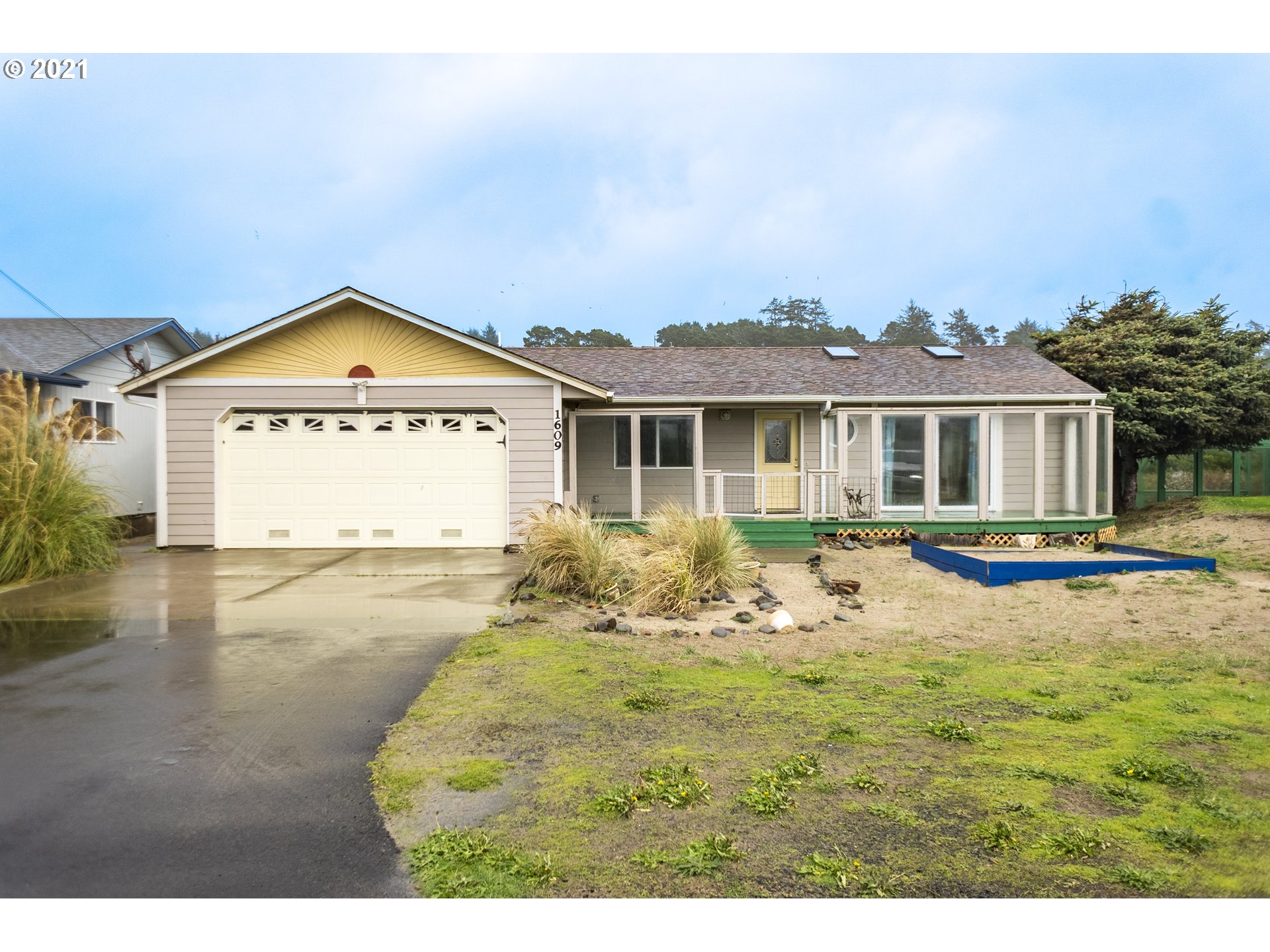 1609 NW Oceanic Loop, Waldport, OR
1609 NW Oceanic Loop, Waldport, OR 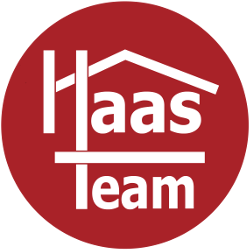

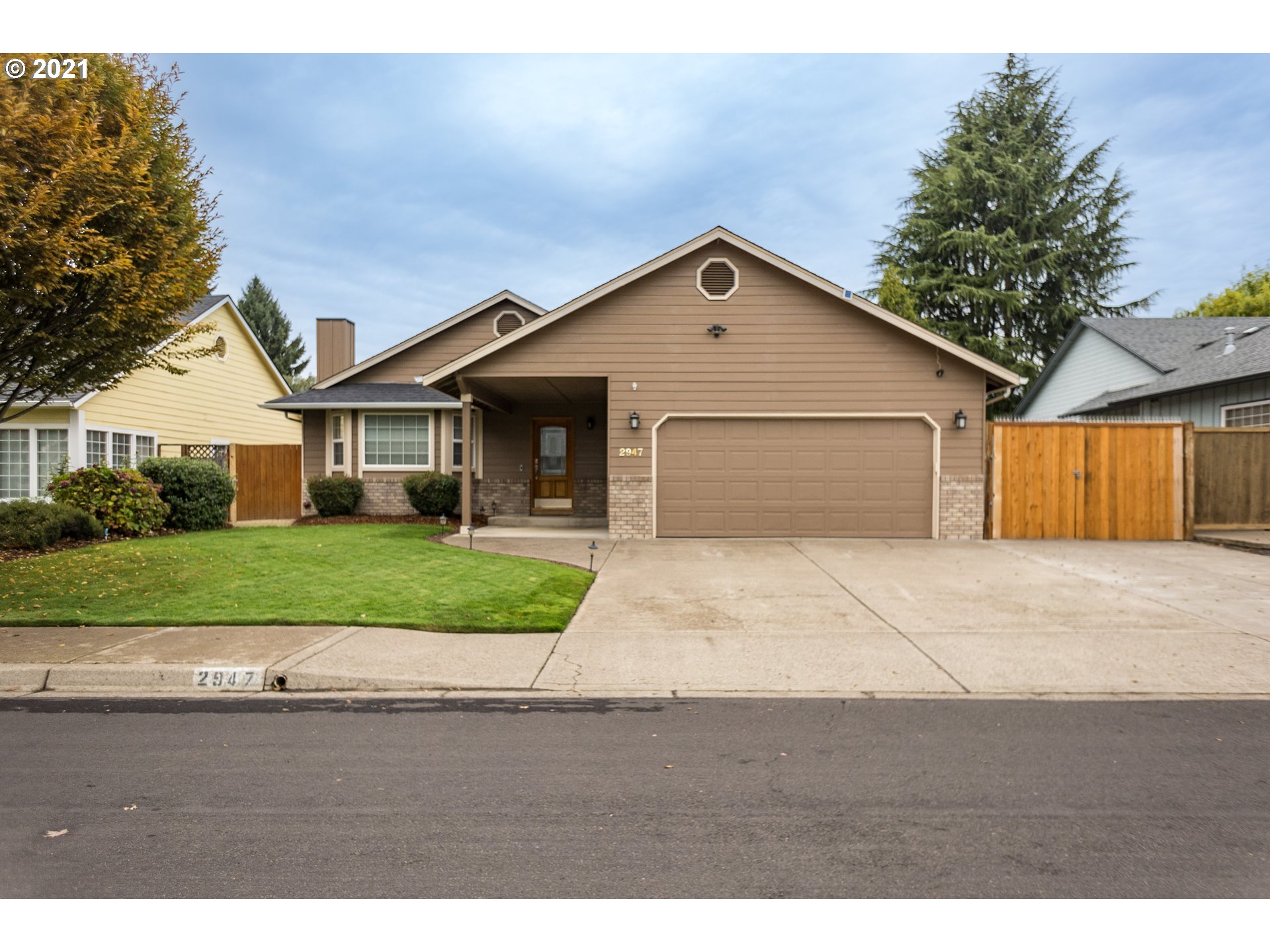 2947 Dry Creek Rd, Eugene,
2947 Dry Creek Rd, Eugene,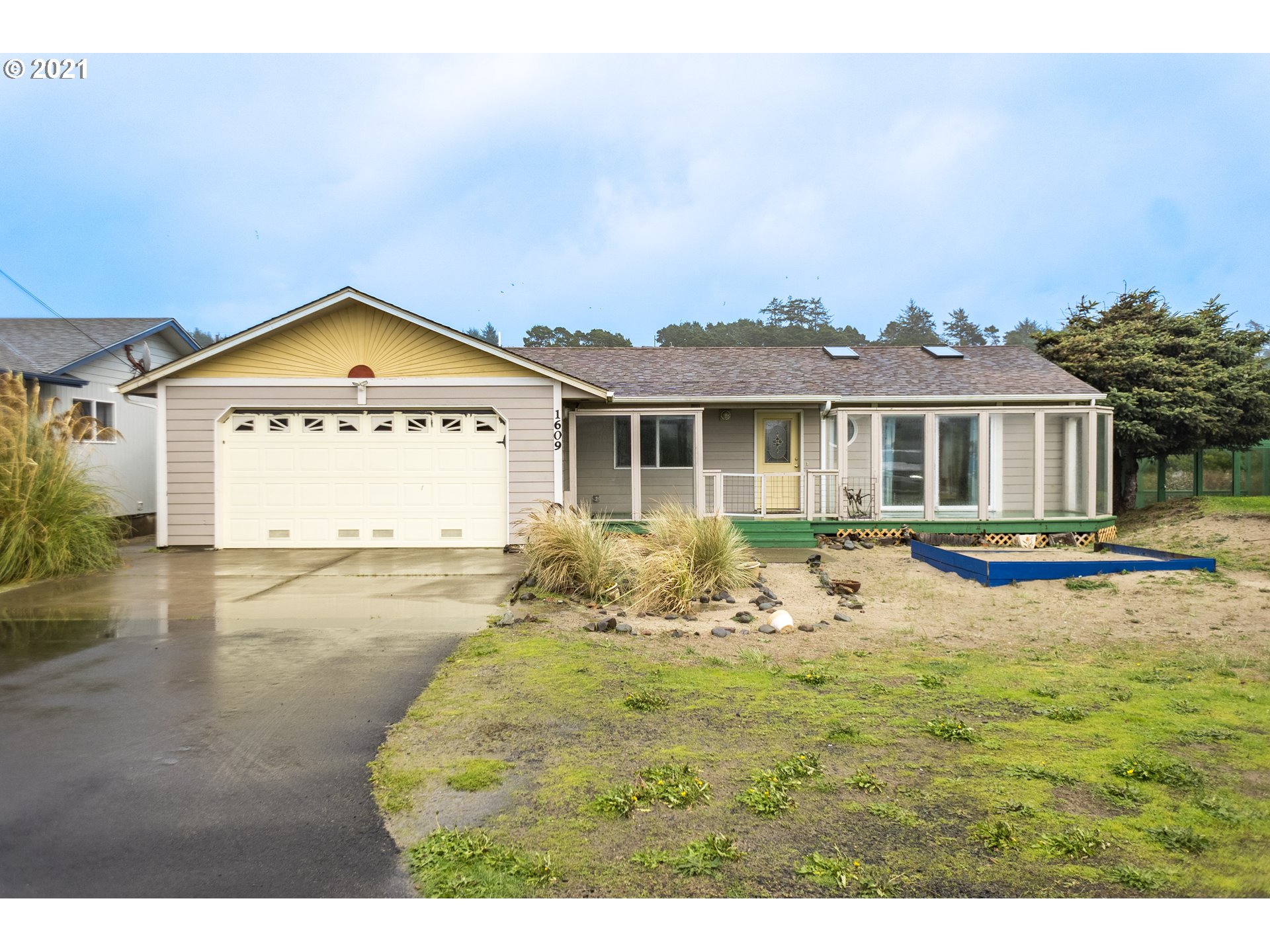 1609 NW Oceanic Loop, Waldport,
1609 NW Oceanic Loop, Waldport, 1616 Fetters Lp, Eugene,
1616 Fetters Lp, Eugene,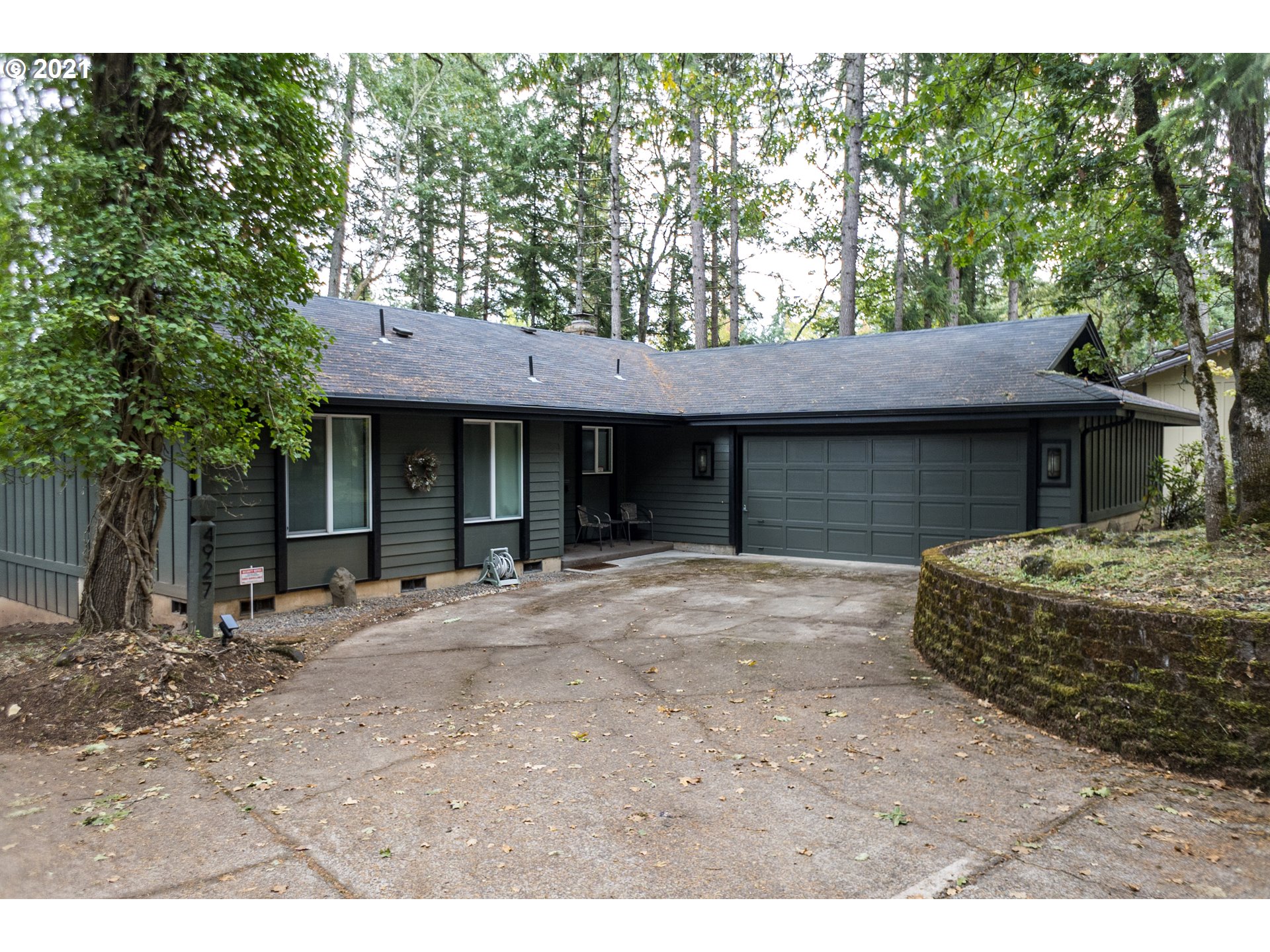 4927 Fox Hollow Rd, Eugene,
4927 Fox Hollow Rd, Eugene,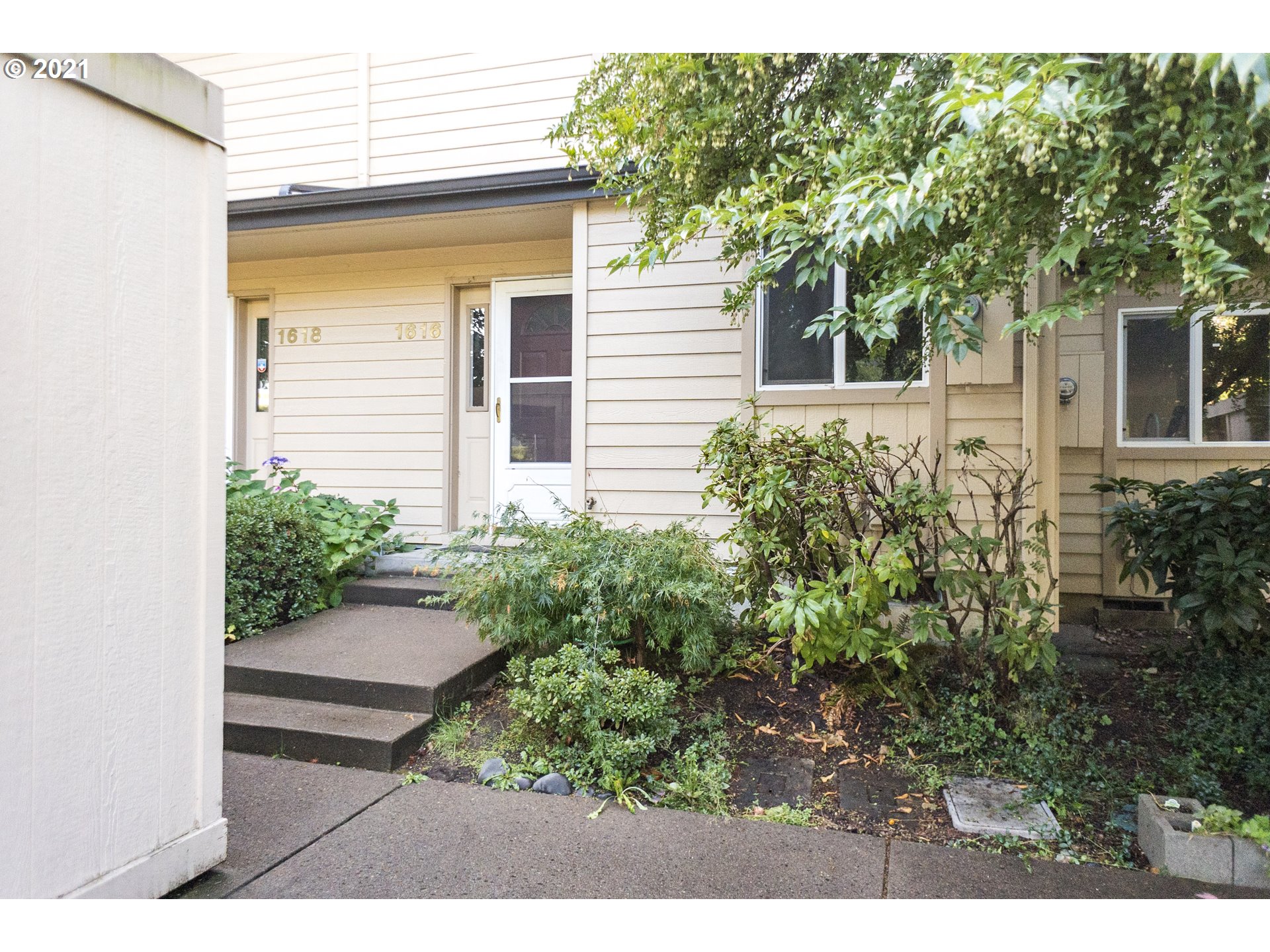 1616 Fetters Loop, Eugene,
1616 Fetters Loop, Eugene,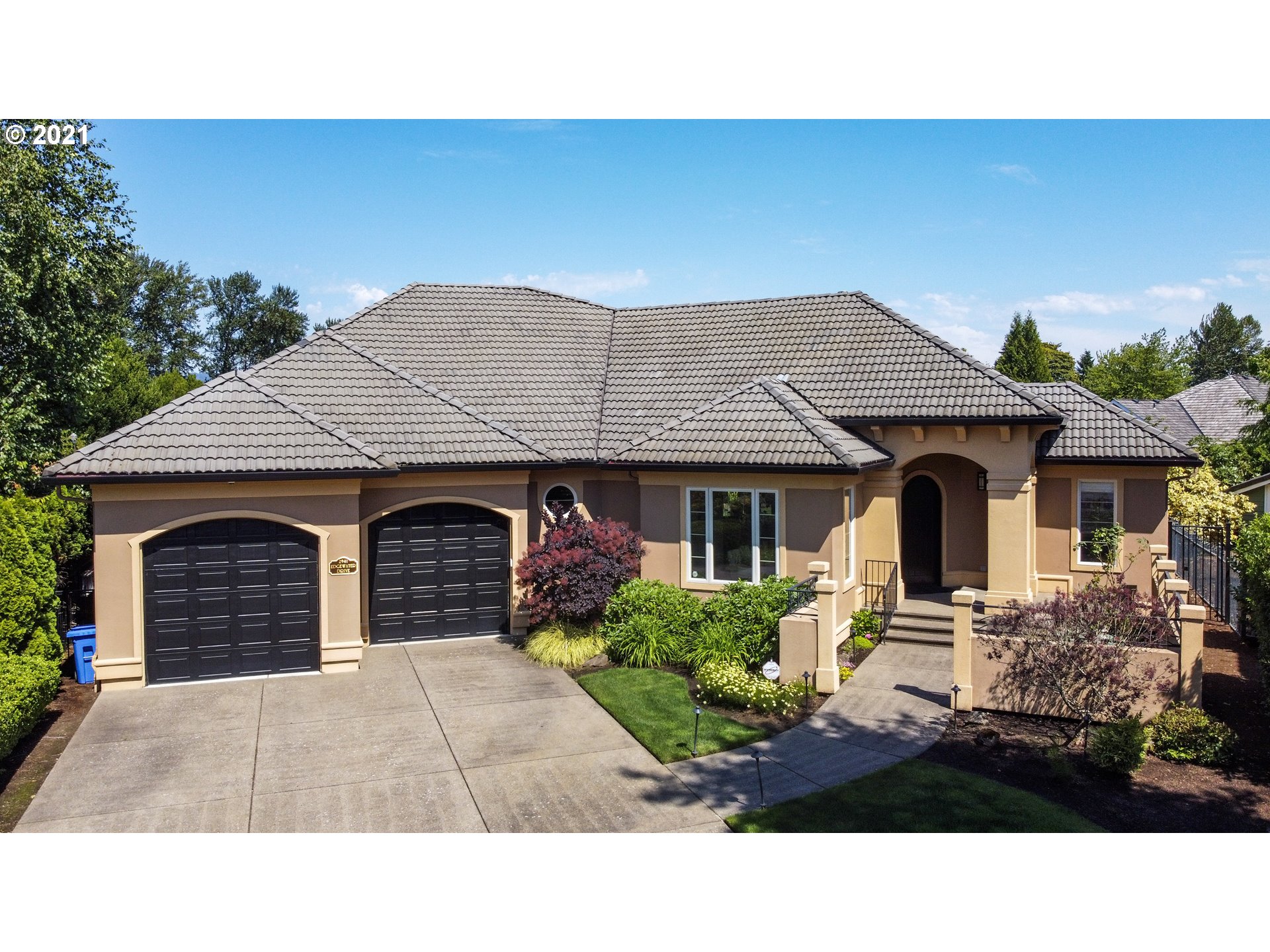 2941 Edgewater Dr, Eugene,
2941 Edgewater Dr, Eugene, 1691 Mill St, Eugene,
1691 Mill St, Eugene,



